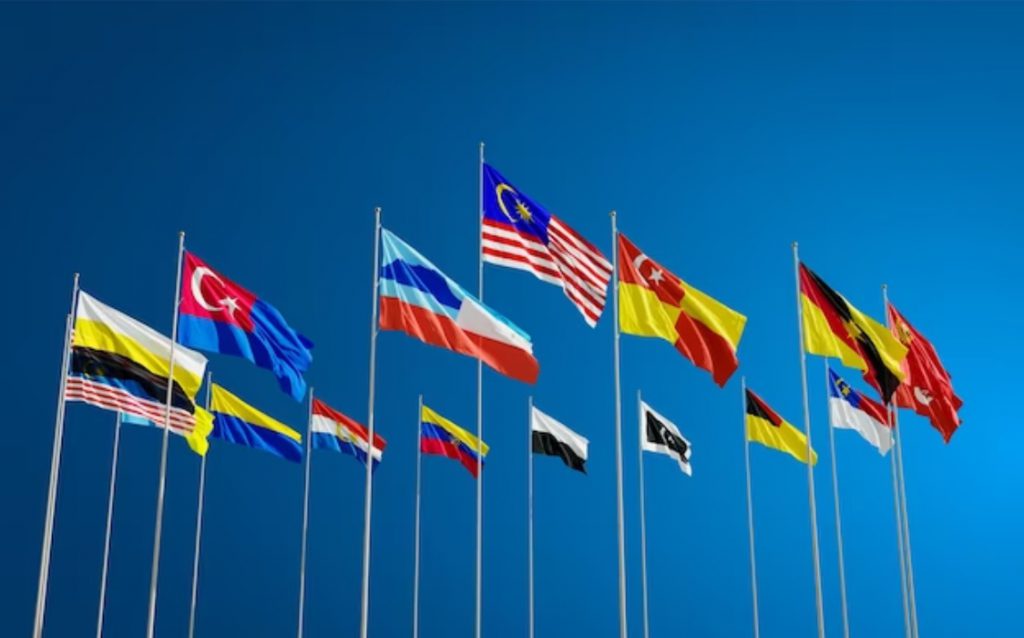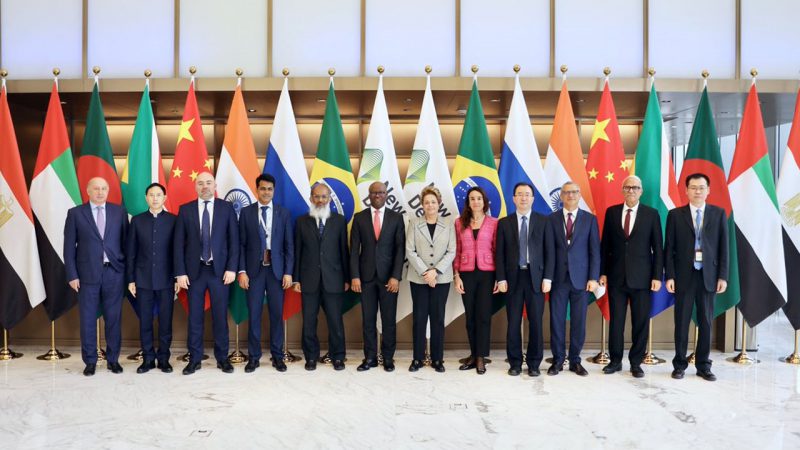A total of 45 countries had expressed their interest to join BRICS before the 15th summit in Johannesburg in August. In a historic move, BRICS inducted six new countries into the bloc this year out of the 45 applications they received. A total of 22 countries had formally sent their applications to join BRICS while 23 other nations had informally expressed to join the group. BRICS sent invitations to Saudi Arabia, the UAE, Argentina, Iran, Egypt, and Ethiopia to enter the alliance in 2024.
Also Read: BRICS: China Dumps Another $22 Billion in US Treasuries
While five among the six countries are likely to accept the invitation, Argentina could be the only country to reject joining BRICS. Read here to know why Argentina is now reconsidering joining BRICS and might not be a part of the alliance.
BRICS: 39 Countries Ready To Be a Part of the Alliance in 2024


The 39 other countries have not backtracked their decision to join the BRICS bloc yet. They seem confident that the bloc might induct more countries in the next summit in 2024. The Russian region of Kazan will host the event next year in August 2024. Read here to know how many sectors in the US will be affected if BRICS stops using the dollar.
Also Read: US Dollar To Become CBDC & Challenge BRICS De-Dollarization Efforts?
The 39 countries that are ready to join BRICS in 2024 are Algeria, Afghanistan, Bahrain, Bangladesh, Belarus, Bolivia, Comoros, Cuba, Democratic Republic of Congo, Gabon, Honduras, Indonesia, Kazakhstan, Kuwait, Mexico, Morocco, Nicaragua, Nigeria, Pakistan, Palestine, Senegal, Sudan, Syria, Thailand, Tunisia, Turkey, Uruguay, Venezuela, Vietnam and Zimbabwe, among others.
Developing countries are siding by BRICS, as they look for alternative options to end dependency on the US dollar. Using local currencies for cross-border transactions will strengthen their native economies and boost their GDP and local businesses.
Also Read: BRICS Is Now Richer Than G7 Countries
However, it remains unclear if BRICS will induct many more countries into the bloc in 2024. In conclusion, the development indicates that developing countries want to get rid of the US dollar and seek refuge in financial independence through BRICS.





